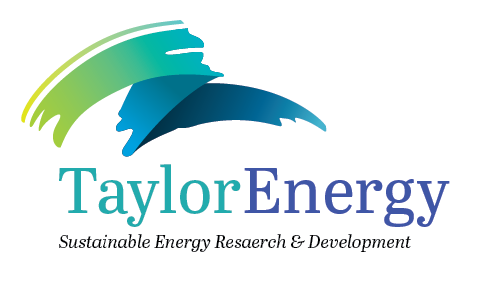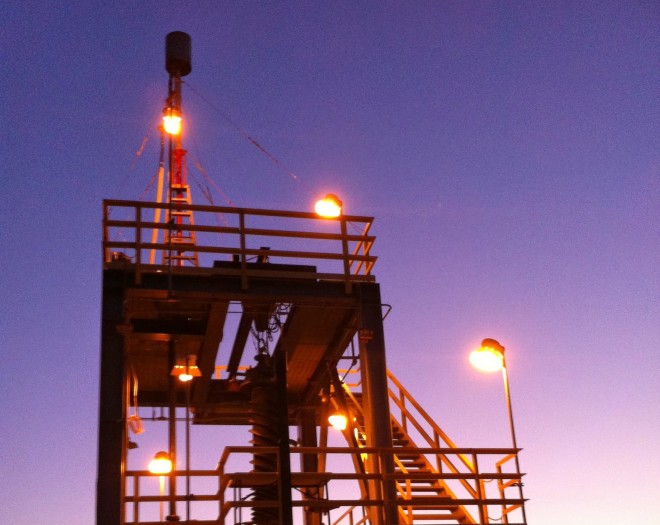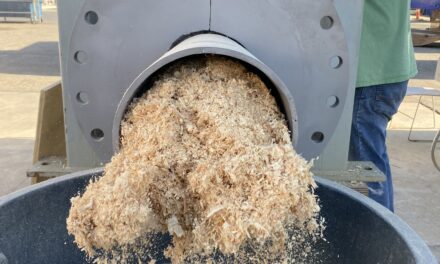Detonation power is surprising! The destructive power of repetitive acoustic shocks is unexpected, and potentially very effective for improving gasification methods. Within the reactor, sonic waves are generated by detonating mixture of oxygen/hydrogen/water or oxygen/propane/water. At our test site at UC Riverside, while testing the pulse detonation burner outside the gasifier, we wear headgear with face shields and double ear protection. The short video shows oxygen/fuel/water detonations at 30 Hz. The camera is not held directly in the path of the sonic discharges, nor is the camera lens held too close to the side port used for observation. If the camera is too close it enters the detonation expansion zone and the supersonic shocks instantly knock out a digital imaging system.
Thermo-catalytic conversion of organic feeds, biomass, and refuse derived separated biomass feeds, can be accomplished most effectively through the application of sonic shocks. We are developing applications that use the unique properties of pulse detonation power (and the resulting acoustic energy) to accomplish multiple synergistic objectives that improve the gasification thermo-chemistry by impacting the Time within the reactor, the Temperature, the process Turbulence, and the Pressure. These four key parameters impact the techno-economic performance of organic gasification and all are improved through the use of well tuned detonation power inputs. For example, carbon particles (derived from biomass pyrolysis) are impacted by the formation of multiple micro vortices that disperse sub-micron particle using acoustic power at 35-Hz. In some cases, the formation of carbon char particles can be reduced by 75%, according to research results. Taylor Energy has received a patent for the process with funding from the California Energy Commission.



